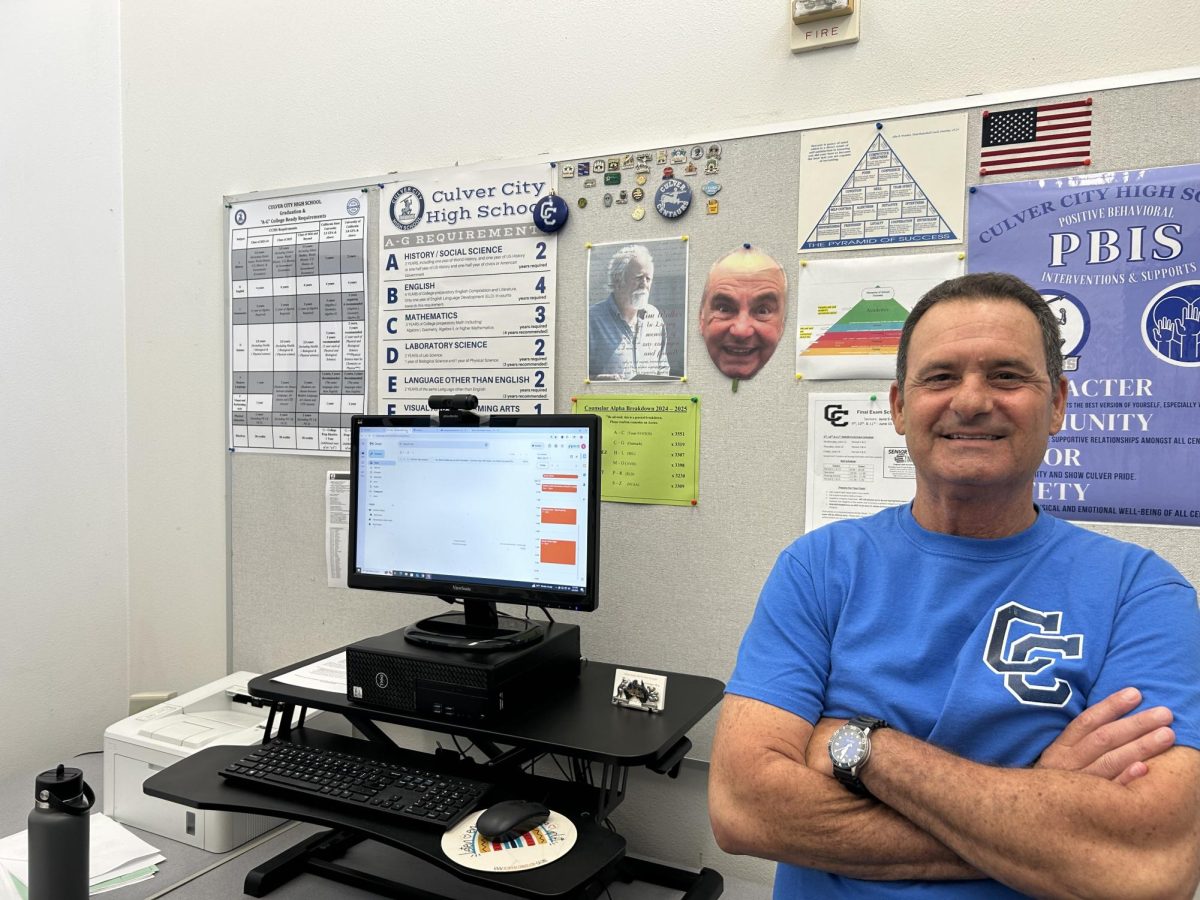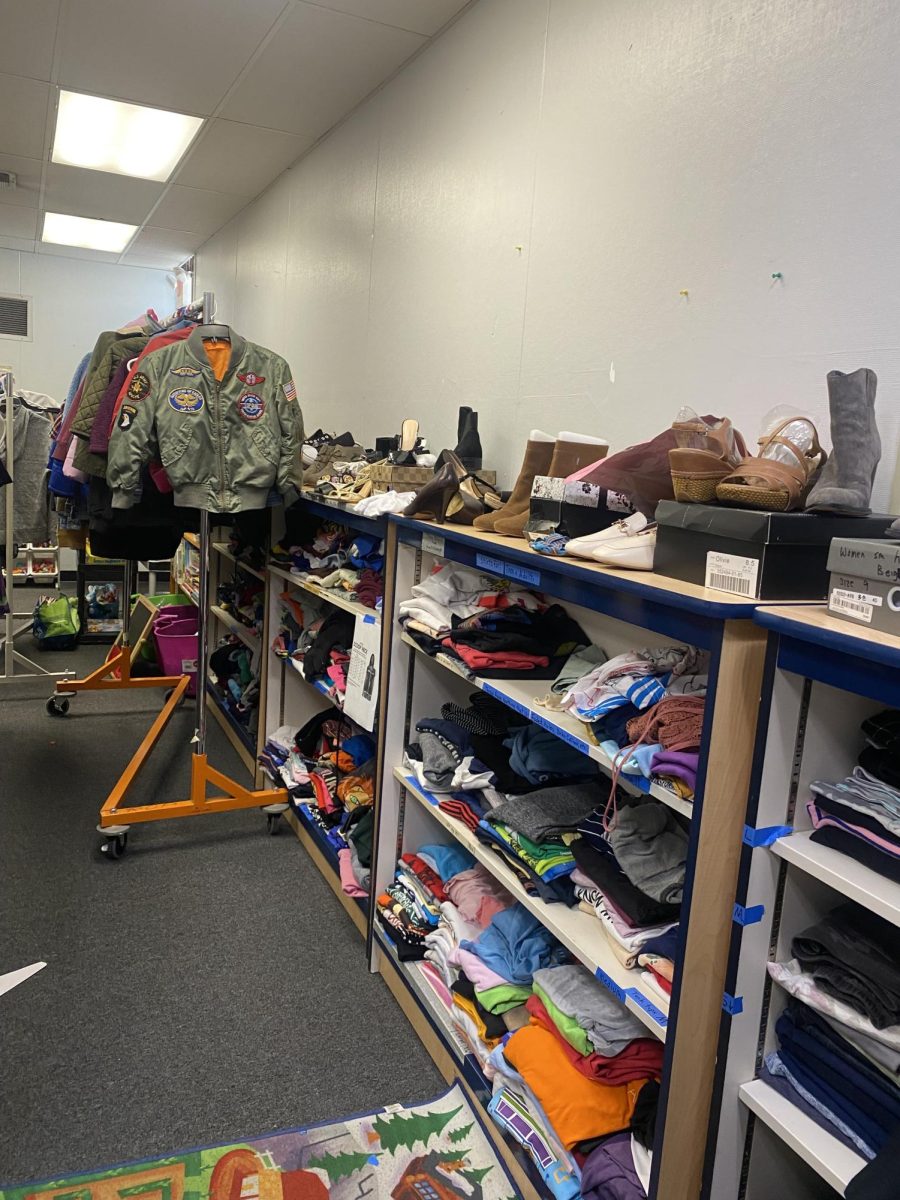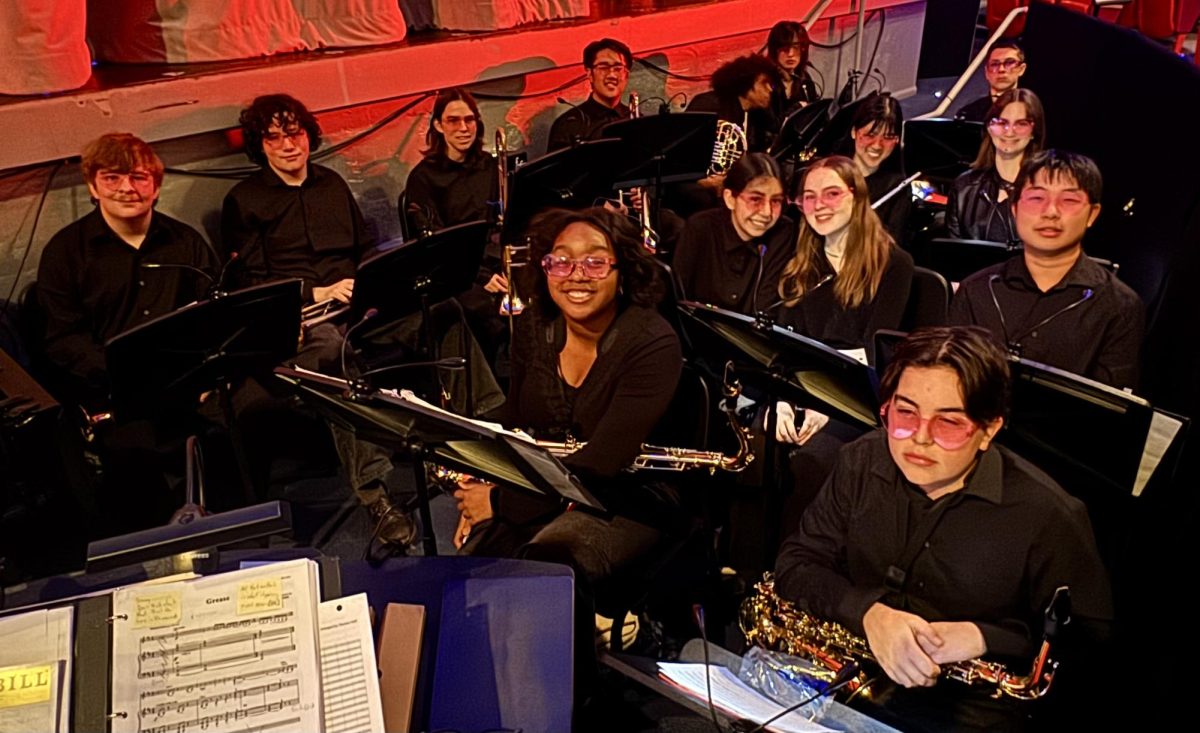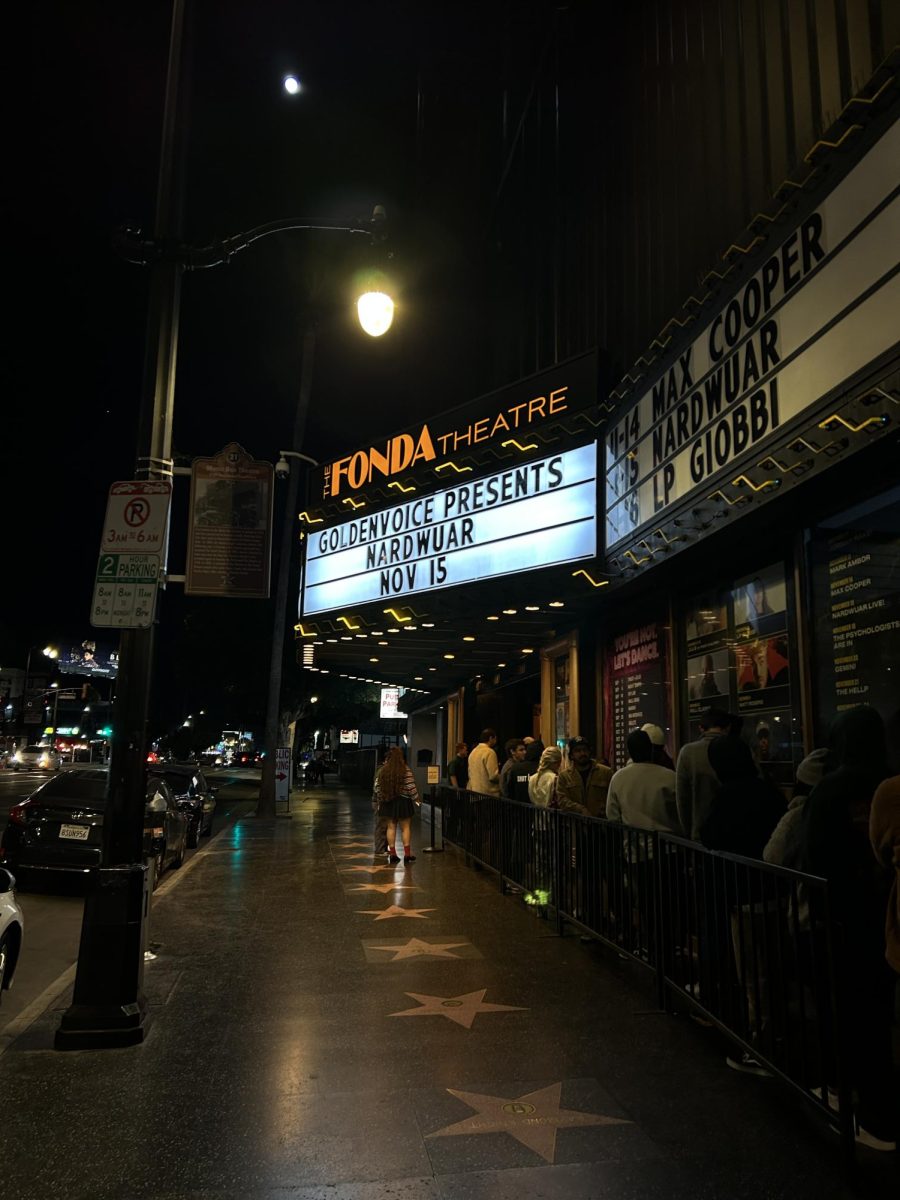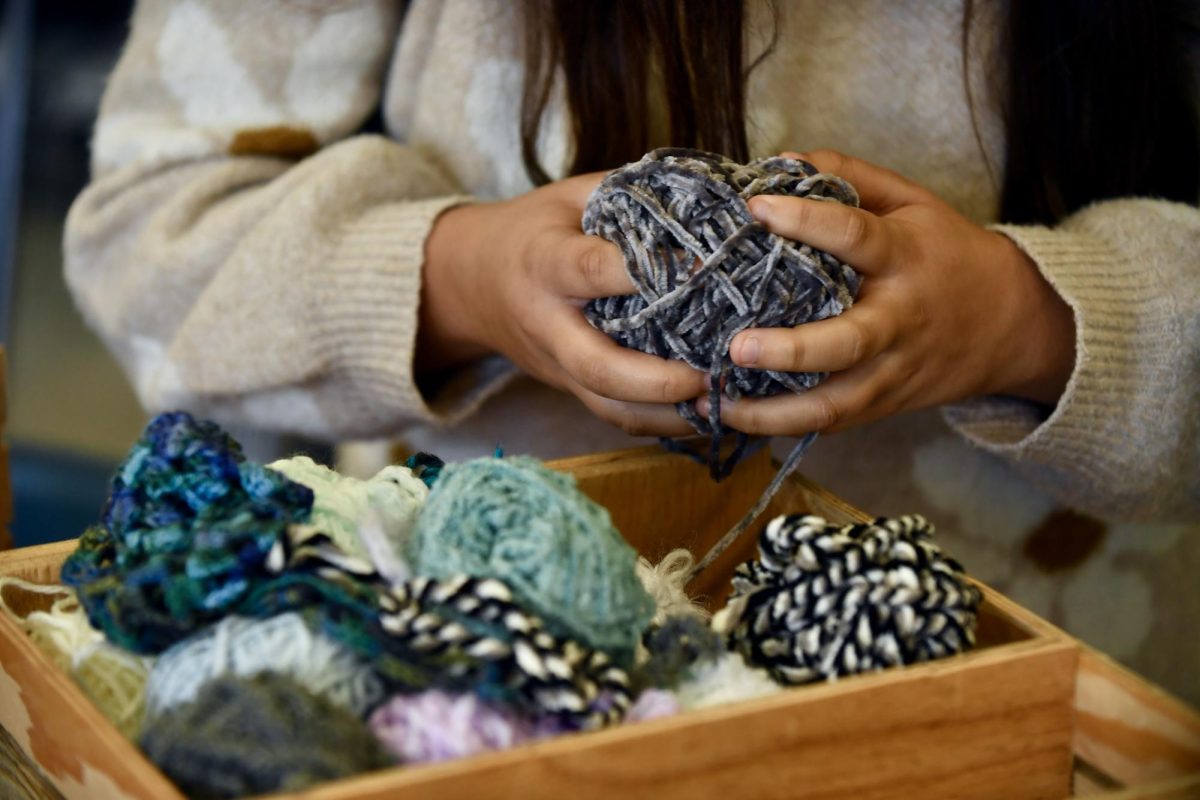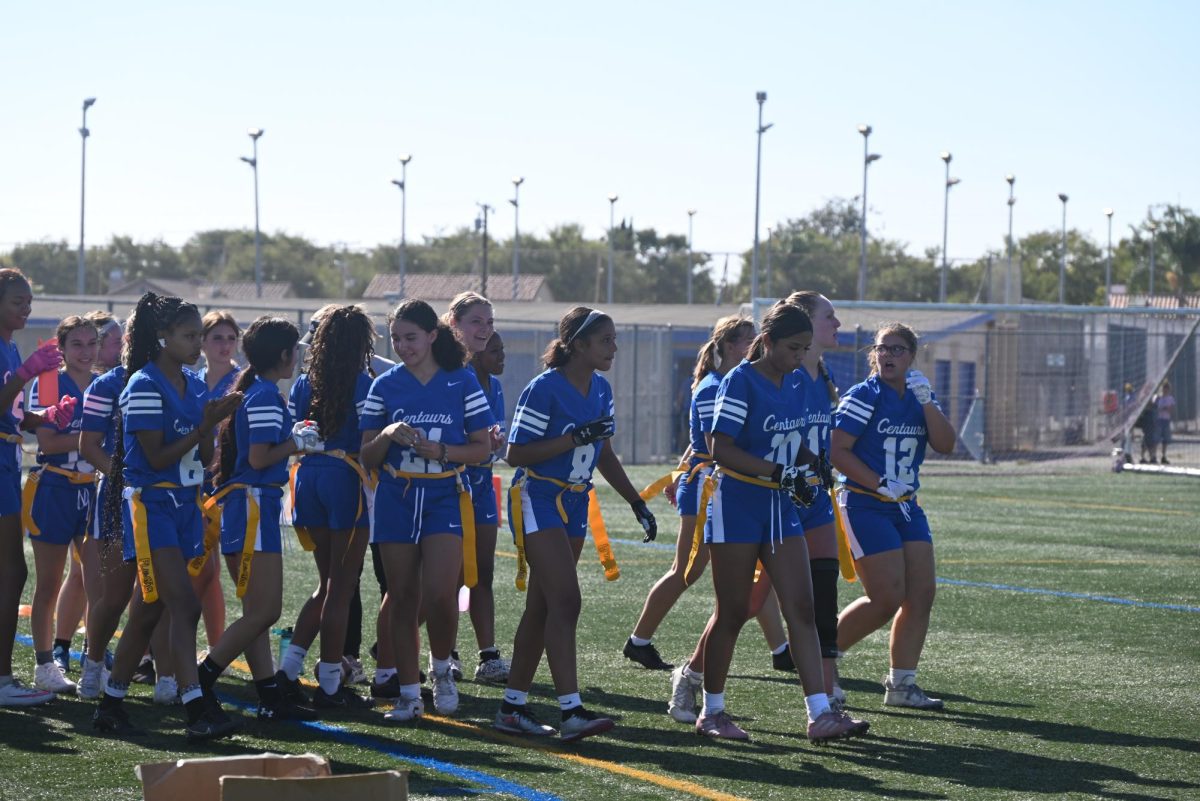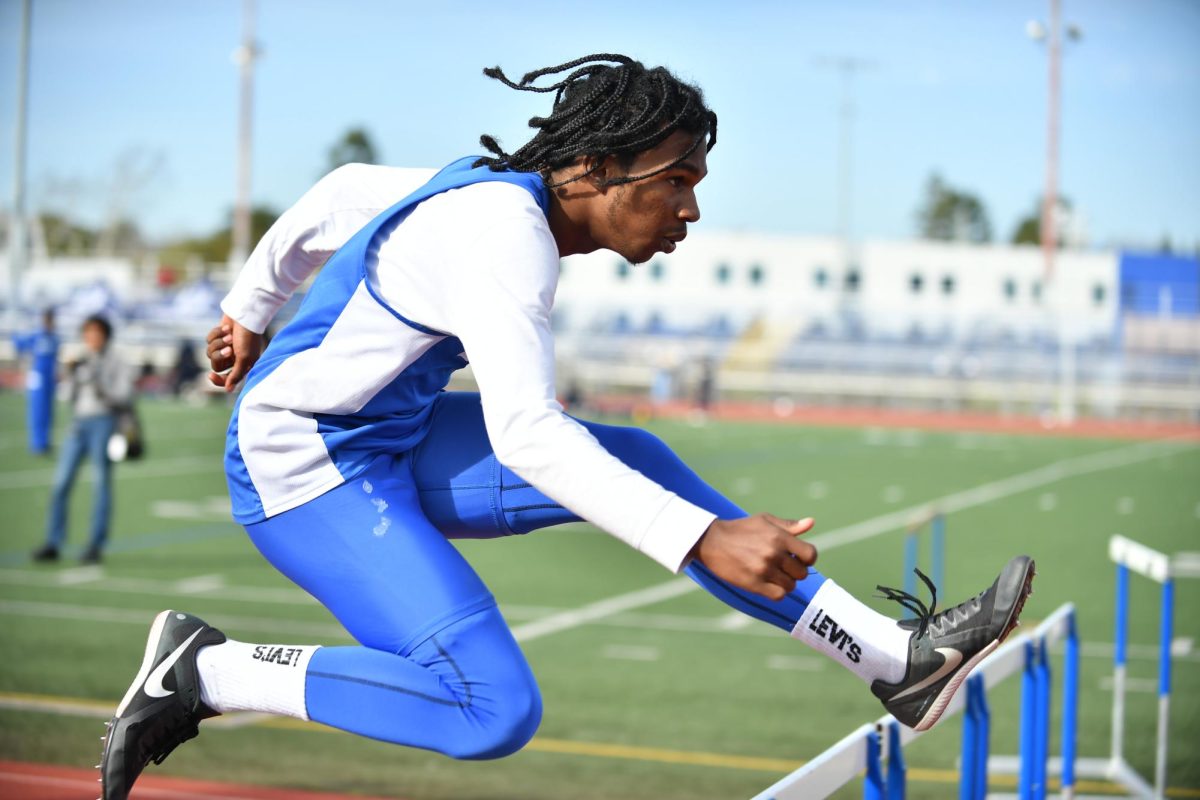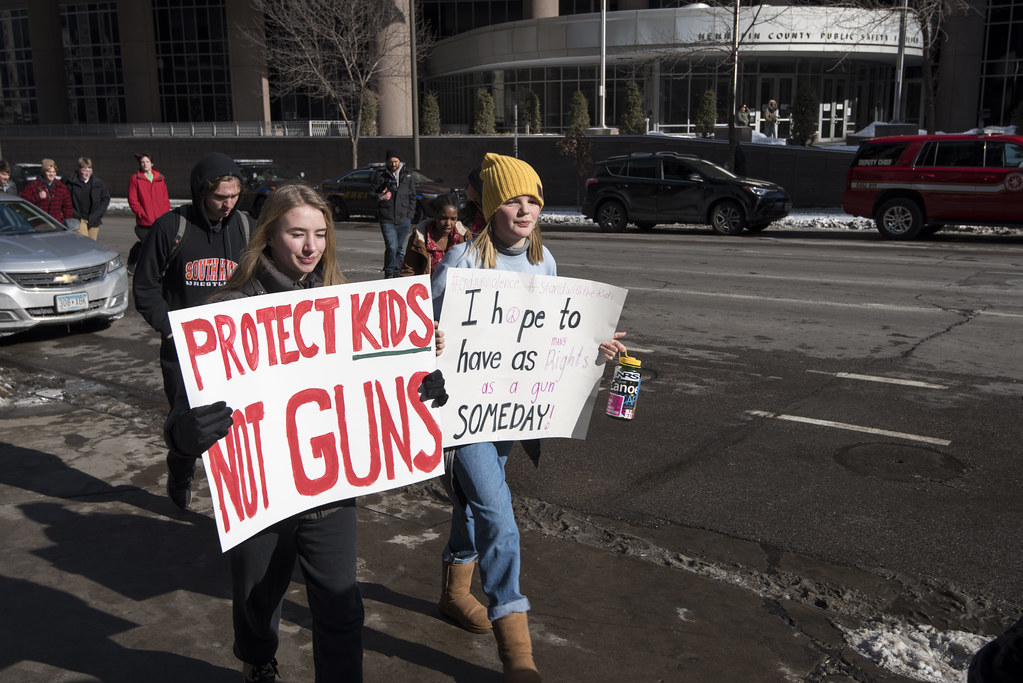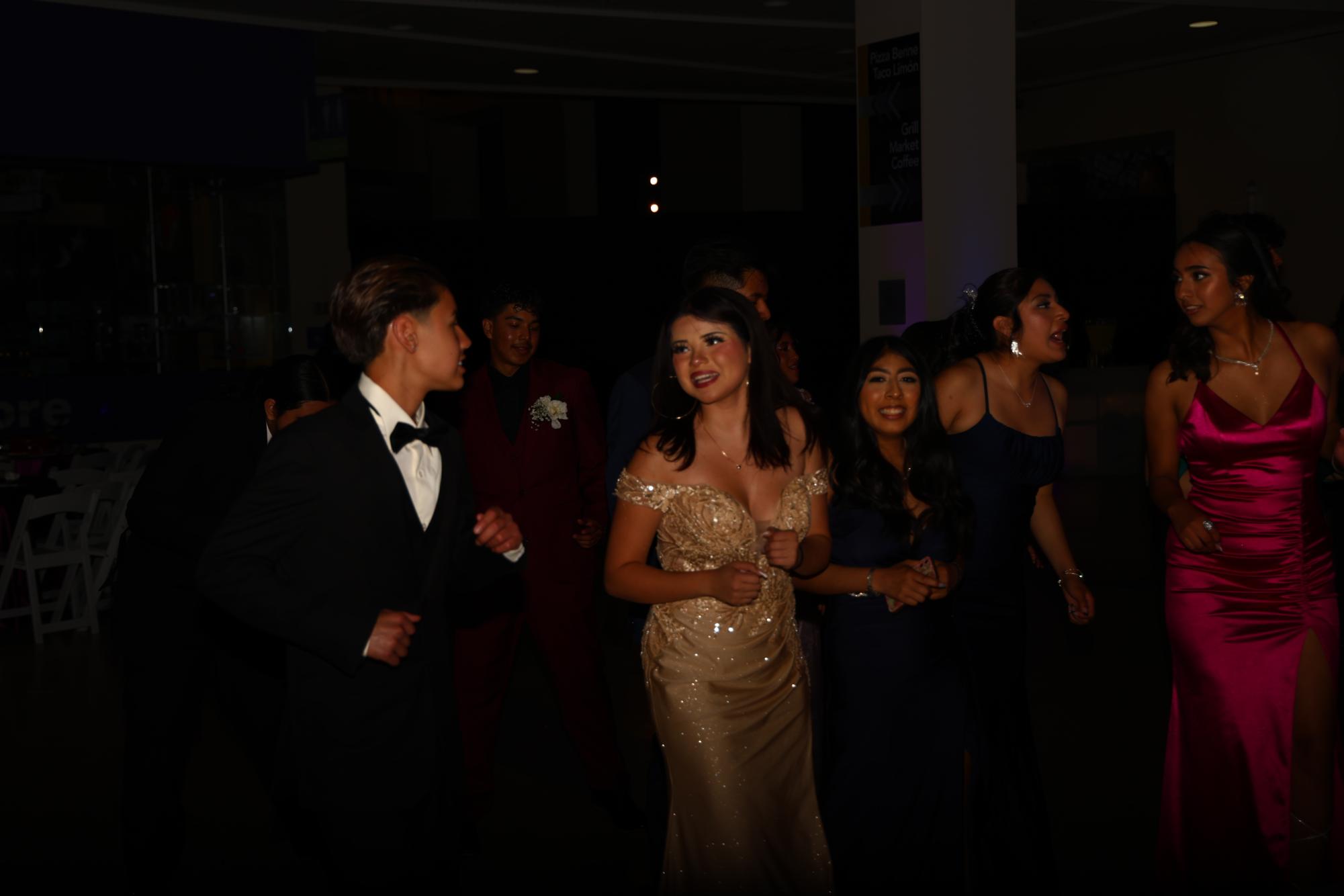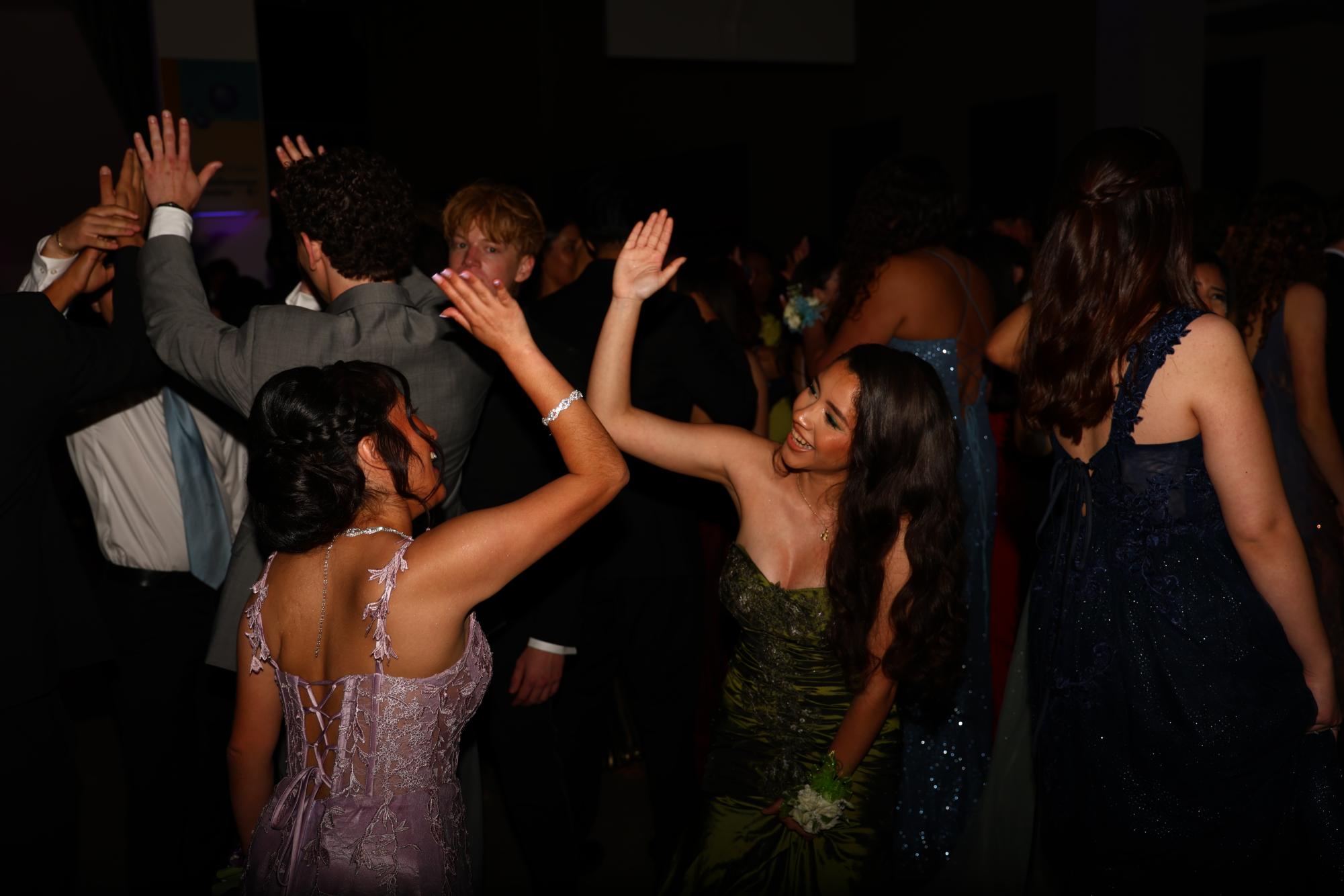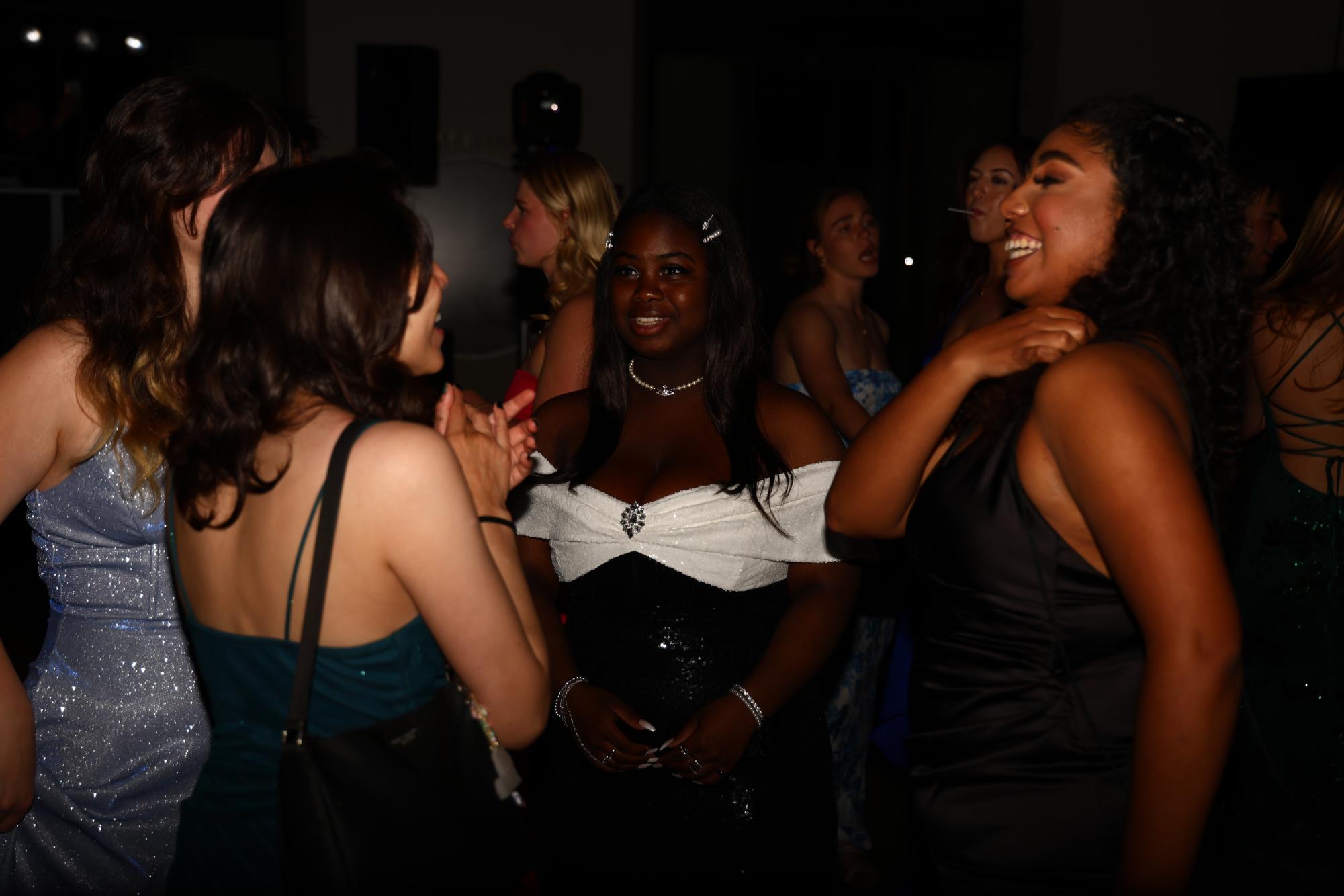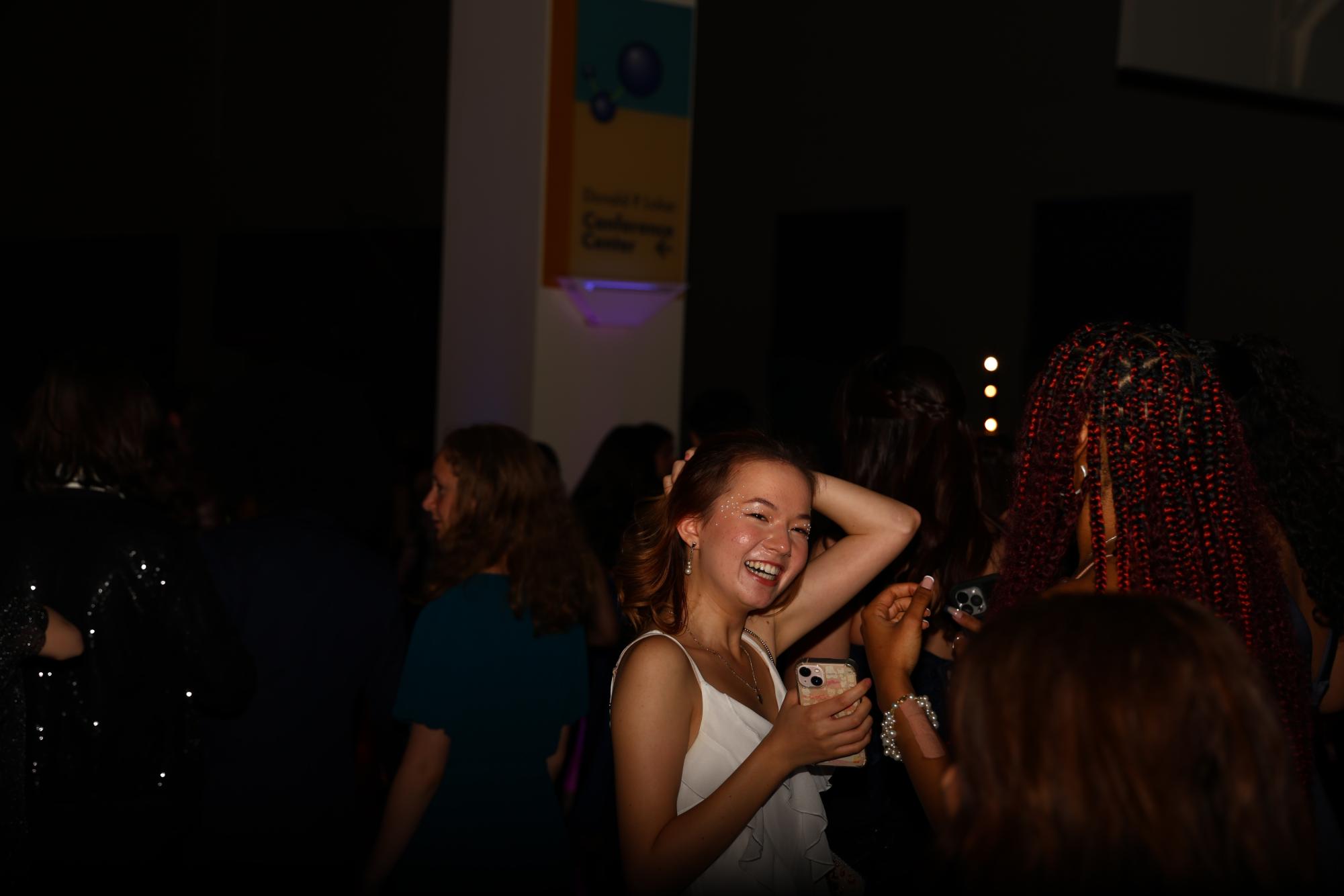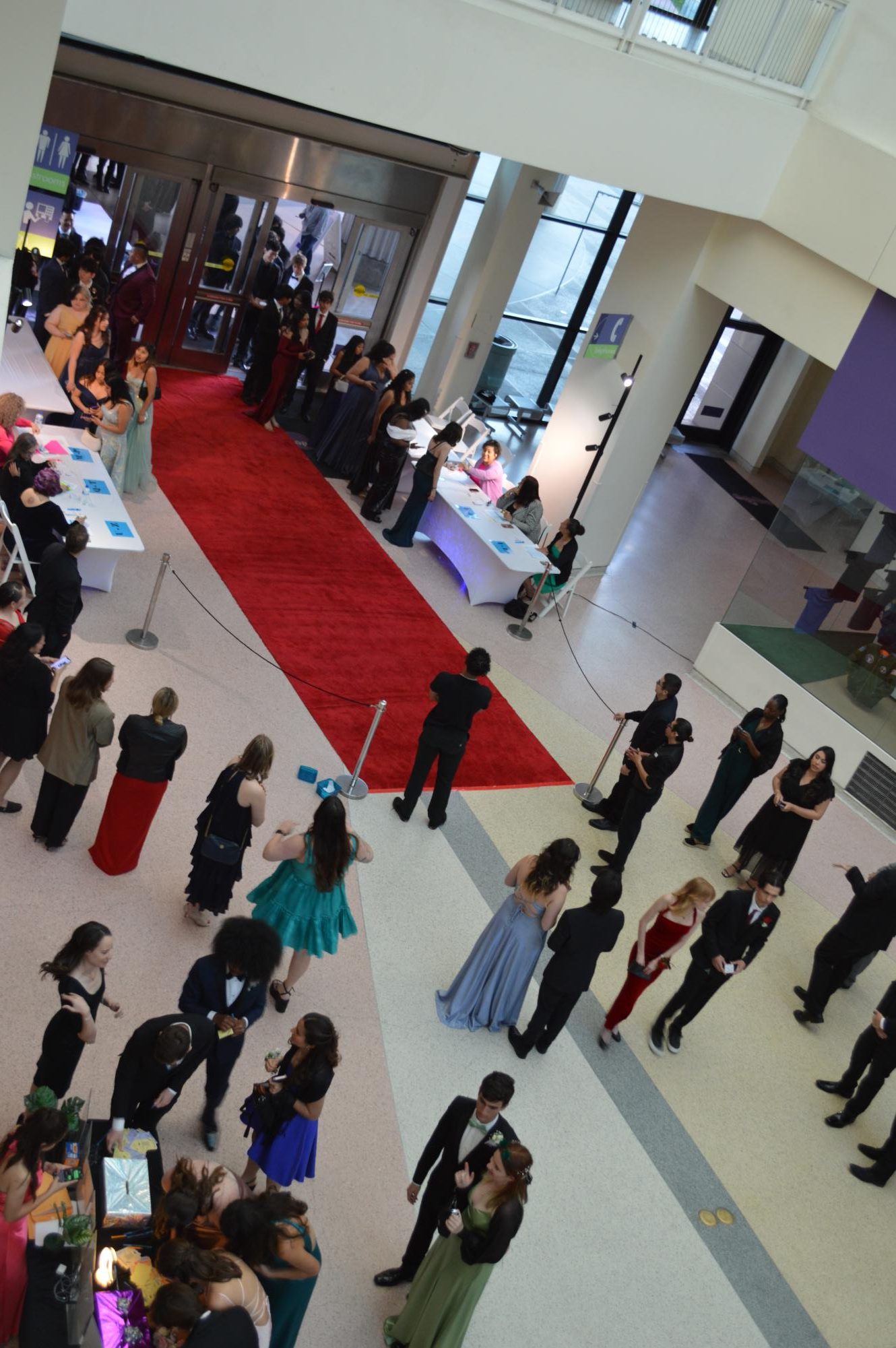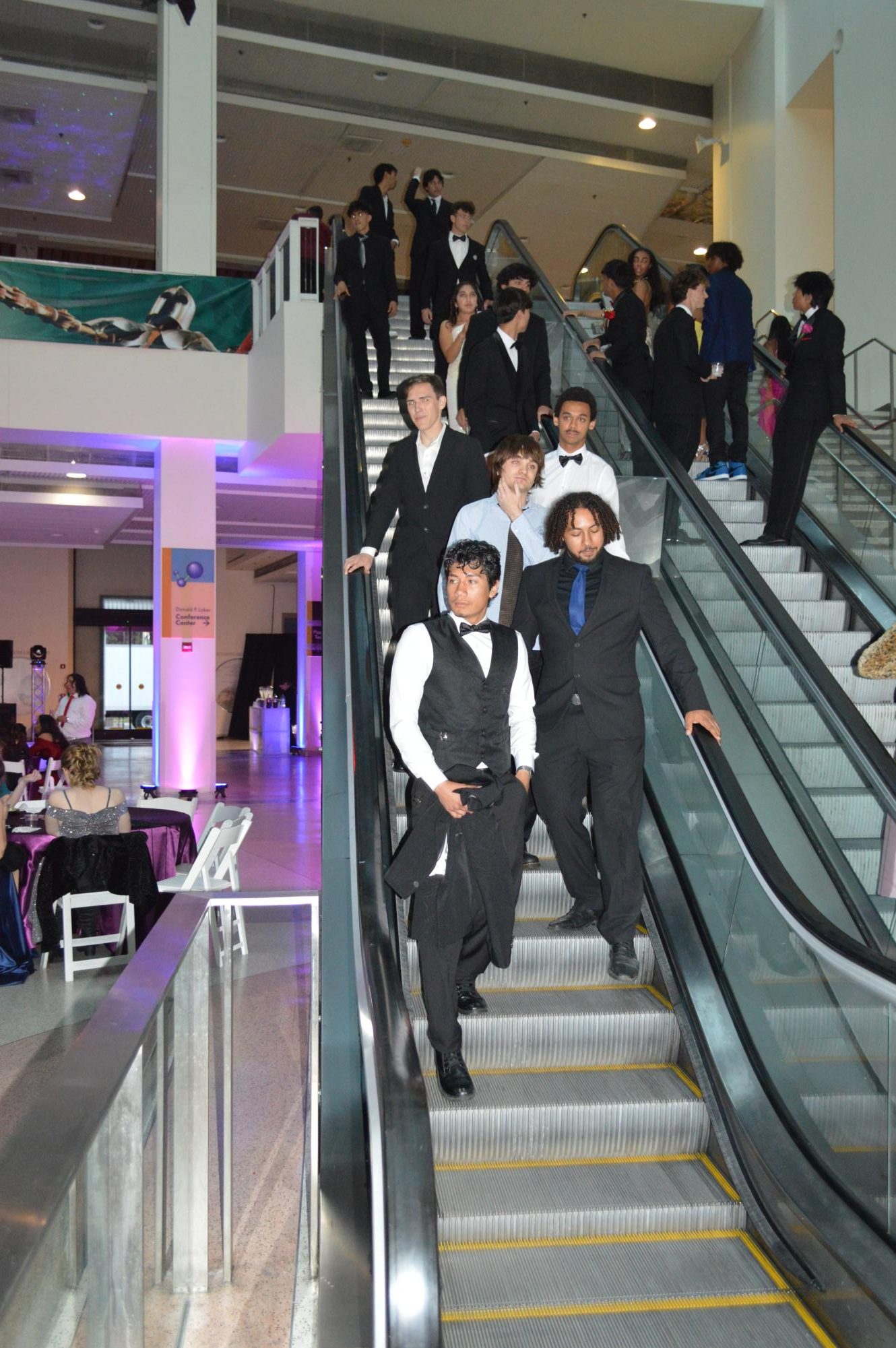Mental Health, School Districts, and School Fights
November 11, 2022
Recently at CCHS, there have been an increasingly large amount of school fights among students. Over the past few years, many schools in the U.S. have taken steps to tighten security due to increased amounts of violence, including CCHS. However, current research is being conducted by many institutes, such as Montclair State University and National Institute of Justice, on if these measures really mean that schools are safe.
The increase in fights over the past few years at CCHS has caused an uproar of controversy in how security and school staff are handling these incidents. Students have cited many security guards being off task during school hours, including taking phone calls that are not important and talking to students when they’re supposedly on duty. Since the security guards hang out with some of the students, it creates a wave of bias towards them when a fight occurs. Students who are against fights argue that the school administration saying things such as “being a bystander is wrong” on the school intercom is not doing anything to effectively stop the situation.
Here’s why school fights are damaging to students, for both those who are involved in fights and those who witness or hear about it.
According to a study from the National Library of Medicine, a few common reasons why adolescents decide to fight is because of “self-defense,” to “gain/maintain respect,” out of “anger,” and described “pro-fighting attitudes and modeling of aggressive behavior” among family members of the adolescents who participated in the study. In other words, certain individuals who participate in fights may become extremely aggressive due to the intimidation they face from their family members.
However, most students may not get directly involved and simply watch the fights — these are commonly referred to as the bystanders and can contribute to something known as the “bystander effect.” Simply Psychology defines the bystander effect as when “an individual’s likelihood of helping decreases when passive bystanders are present in an emergency situation.” Some reasons as to why a bystander may not help during a situation are because of “diffusion of responsibility, evaluation apprehension (fear of being publicly judged), and pluralistic ignorance (the tendency to rely on the overt reactions of others when defining an ambiguous situation).” Considering that teenagers are developing, their brains are more easily manipulated by what other people are doing in situations involving large numbers of people. This makes many adolescents try more to fit in rather than doing what’s right. Clearly, the fear they have of predicting what could happen and what others would think if they did do the right thing feeds on their insecurities.
But although a hostile home environment or the fact that teenagers’ brains are still developing may be factors for engaging in fights or the bystander effect, it still doesn’t justify the harm it causes to others. Even if those involved or not involved in the fight are not injured, it can leave a stain on their mental health. The Center For Disease Control found in the 2019 Youth Risk Behavior Survey that “almost 9% of high school students had not gone to school at least 1 day during the 30 days before the survey [was conducted] because they felt they would be unsafe at school.” Many students at CCHS missed school because of this exact reason, negatively affecting their mental health. It has also raised questions about the school’s safety, even after hiring new security guards for the previously fired ones.
In some rare cases, school fights can lead to incredibly long term consequences. Another study from the National Library of Medicine found that participating in fighting and bullying can be a cause of “severe injury and death among school-age children.” And although many fights don’t result in injury or death, it still has an impact on the families who experienced the events.
In conclusion, prominent causes of many school fights in general are students’ underdeveloped brains and mental health issues carried from home and their environments when they are away from school. Although both of these factors are fairly understandable, it does not justify the amount of students who are too afraid to go to school because they feel unsafe. Instead of Culver City High School office staff prioritizing the need to help students who are at risk for committing acts of violence, they have often generalized them as one-dimensional villains on the school intercom. The violence is absolutely uncalled for and cruel, but portraying students as monsters will only make them more spiteful and violently unstable than the state they already exist in. While it may be possible that better funding for security will lead to better security guards, we also have to fund mental health resources and education. However, these should not be funded in the same category, but rather be funded separately, to give adequate attention to both solutions and ensure a balance of satisfied students, teachers, staff, and parents as a whole. If our school doesn’t find an effective solution to the fighting situation, the recurring fights will only get worse.
